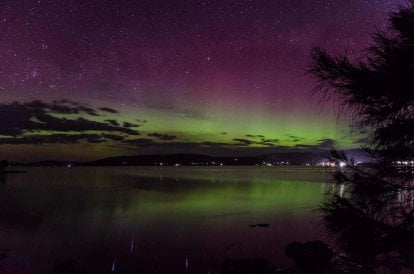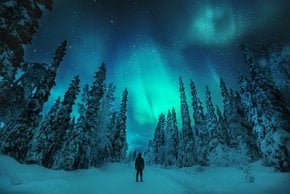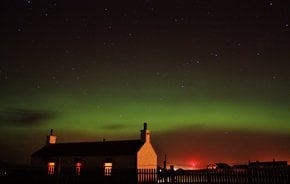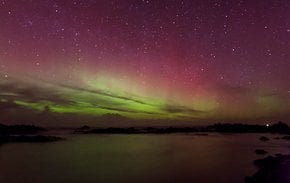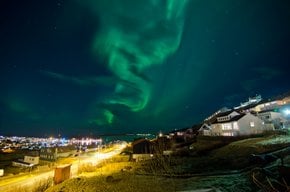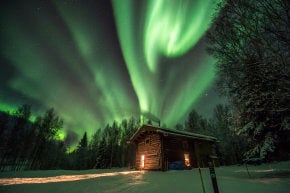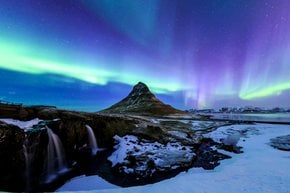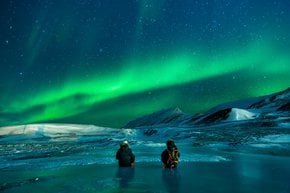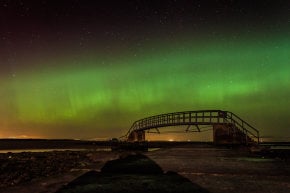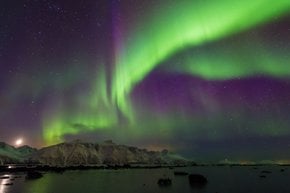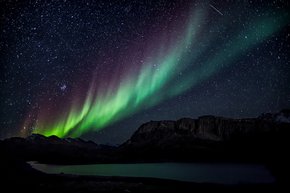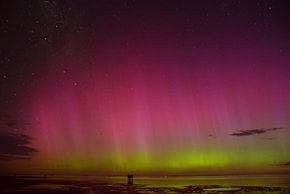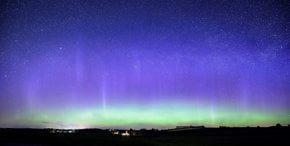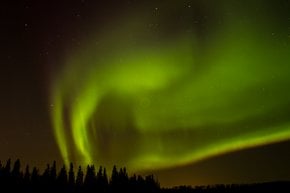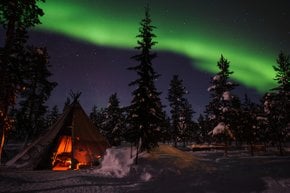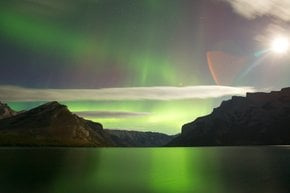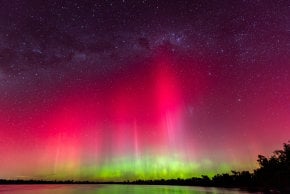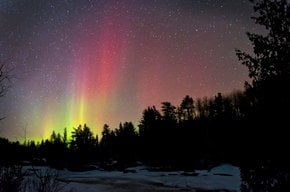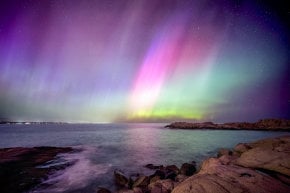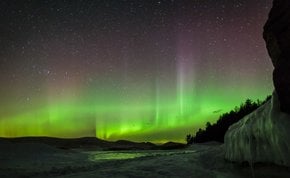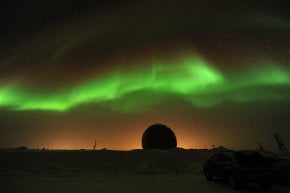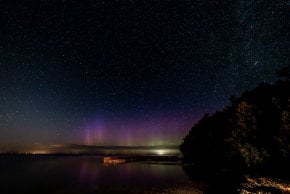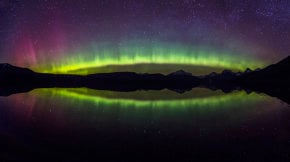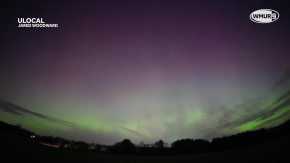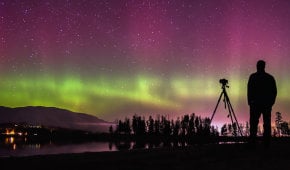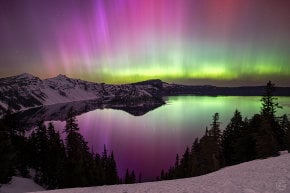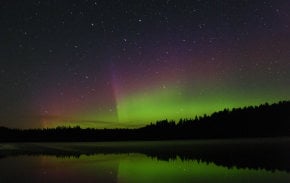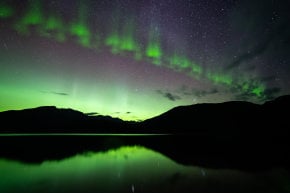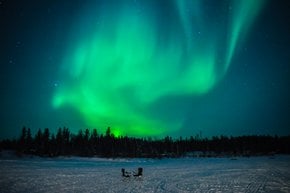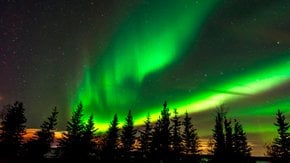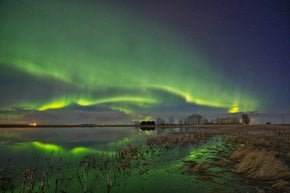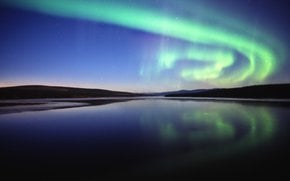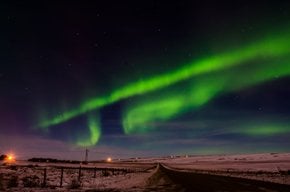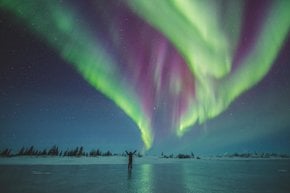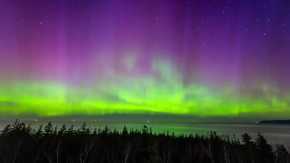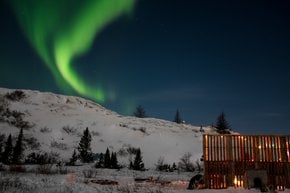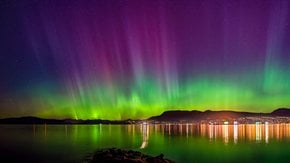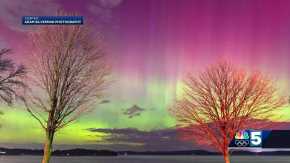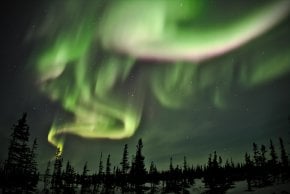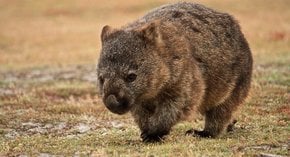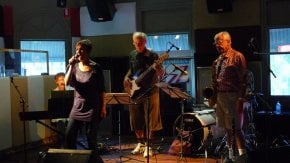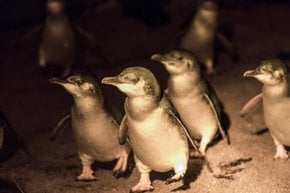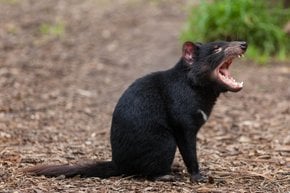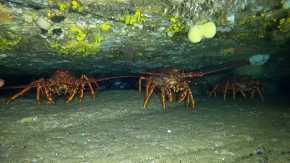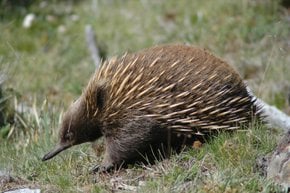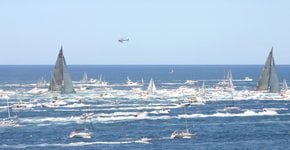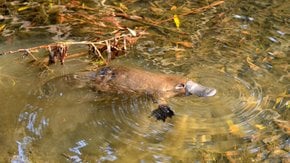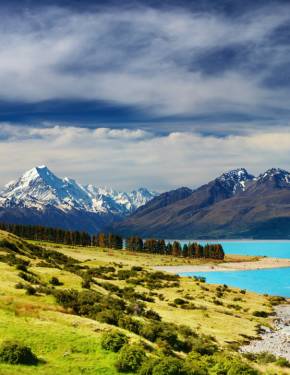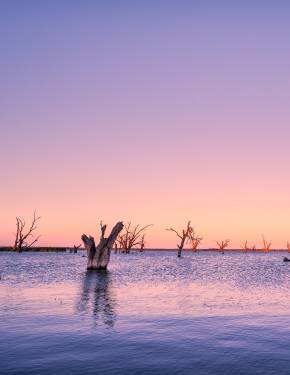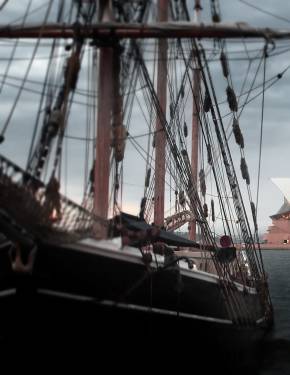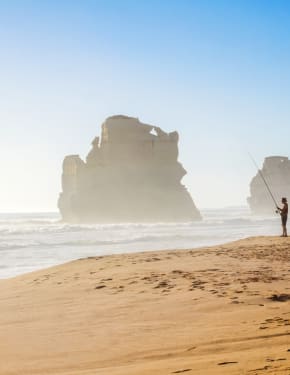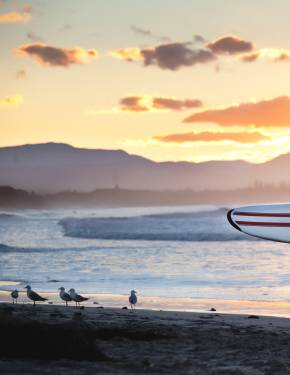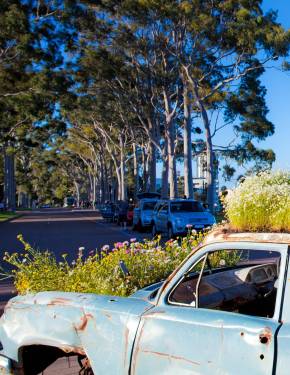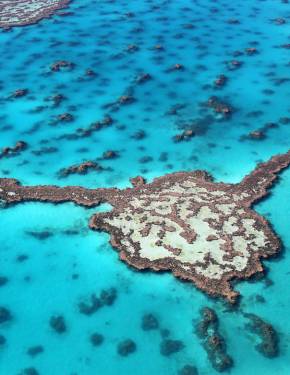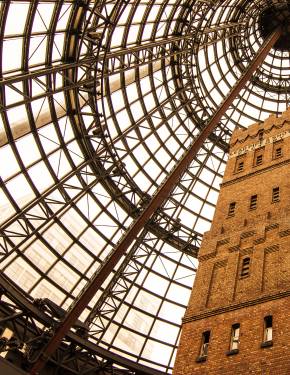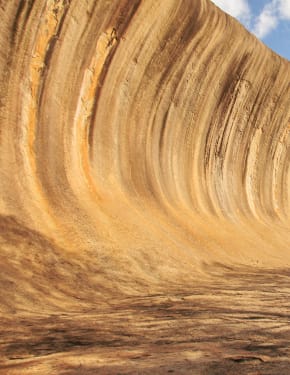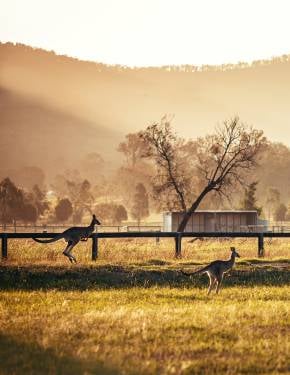Aurora australe o luci del sud, Tasmania 2025
Osservate le luci sud affascinanti mentre guardate lo splendido cielo tasmaniano
Miglior periodo: Maggio-settembre (tutto l'anno)
Situata relativamente vicino al Polo Sud, la Tasmania è un luogo perfetto per osservare l'affascinante fenomeno naturale dell'aurora australis. L'emergere di colori e scintilli nel cielo stellato notturno crea un'impressione dell'universo vicino. Le luci del sud creano un racconto sulla Terra, trasformando i paesaggi rurali in maestosi luoghi.
Il momento migliore per vedere l'aurora australis in Tasmania
Lo spettacolo dell'aurora tasmaniana è un po' sfuggente, quindi non possiamo mai essere sicuri quando i venti solari lo faranno brillare. Osservatori esperti consigliano di pianificare il viaggio per settembre quando le luci del sud sono più vivide. Un'altra stagione relativamente buona per aurora borealis in Tasmania è in inverno, approssimativamente da maggio ad agosto. In questo periodo dell'anno, le notti sono più lunghe, dando più opportunità di individuare le luci del sud. Consiglio Insider Come si può prevedere la possibilità di luci del sud più di pochi giorni in anticipo, è meglio per voi di prenotare un viaggio all'ultimo momento. Prenotazione last-minute massimizzerà le tue possibilità di essere in Tasmania al momento giusto. Altrimenti, basa il tuo itinerario sulle altre attività disponibili in Tasmania, ma tieni d'occhio le applicazioni di previsione aurora australis (Aurora Australis Prevision, Star Walk o Solar Monitor) e il gruppo Facebook Aurora Australis Tasmania.
I posti migliori per vedere le luci del sud in Tasmania
Quando si insegue aurora, si desidera controllare i dati geofisici per un'area leggermente più a sud del vostro punto di visualizzazione. Le luci meridionali iniziano ad un'altezza di circa 100 km in su nell'atmosfera; così, da un punto piatto sulla terra, si può vedere l'attività aurora anche centinaia di chilometri a nord dell'epicentro. Ad esempio, se c'è forte attività aurora australis sull'Oceano meridionale, diverse centinaia di chilometri di distanza dalla massa terrestre australasiana, si vede ancora dalla riva. Come assicurarsi che stai guardando a sud? Cerca la costellazione Southern Cross. Per il vostro miglior colpo, cercate di stare lontani dall'inquinamento della luce ed evitare una notte di luna piena. I posti migliori per guardare l'aurora australis si trovano il più lontano possibile a sud. Una delle aree preferite è la Penisola del braccio sud, a circa 40 km a sud-est di Hobart. Dirigetevi alla Goat Bluff Lookout, a Clifton Beach e a Cremorne Beach sulla penisola per una migliore esperienza. Un'altra ottima zona è Cockle Creek sulla punta meridionale della Tasmania, circa 120 km a sud-ovest di Hobart. Si può ottenere alcune belle viste dal ponte a Cockle Creek; basta guardare a sud dall'altra parte del torrente. Per i migliori scatti, avrete bisogno di escursioni a South Cape Bay. Per i cacciatori aurora che preferiscono rimanere nella zona di Hobart, il Monte Nelson o il Monte Wellington sono alcuni dei migliori punti con un ampio orizzonte. Porta una giacca come potrebbe diventare piuttosto freddo di notte.
Cosa aspettarsi di vedere
Tipicamente, le immagini delle luci polari presentano una serie di colori splendidi. Tuttavia, l'occhio nudo rileva solo su lampi bianchi o scintillanti che potrebbero essere scambiati per le nuvole. Per i colori vivi, si dovrebbe fare una lunga esposizione con una fotocamera. Vedere un'aurora a occhio nudo è possibile quando l'indice Kp è 7
Located approximately 40 km southeast of Hobart, the South Arm Peninsula is renowned for its clear views of the Southern Lights. Key spots include Goat Bluff Lookout, Clifton Beach, and Cremorne Beach. These locations offer unobstructed southern horizons, which are ideal for aurora viewing.
Situated about 120 km southwest of Hobart, Cockle Creek is another prime location for observing the aurora. The bridge at Cockle Creek provides a good vantage point, though the best views are often obtained by hiking to South Cape Bay. This area offers a more remote setting with minimal light pollution.
For those staying in Hobart, Mount Nelson and Mount Wellington provide elevated positions that allow for broad views of the sky. While these locations are closer to urban light sources, their heights offer a vantage point that can still capture the aurora if conditions are right. However, be prepared for colder temperatures at this altitude, especially during the night.
Bruny Island, just a 30-minute drive from Hobart, provides excellent viewing conditions. The Neck on Bruny Island is a popular spot for aurora enthusiasts due to its elevated position and lack of light pollution.
Cradle Mountain-Lake St Clair National Park in northern Tasmania offers picturesque landscapes combined with ideal aurora viewing conditions. The park’s flat expanses and natural beauty make it a noteworthy location for those seeking both visual and scenic appeal.
Satellite Island, a private island off the coast of Tasmania, provides an exclusive and secluded environment for viewing the aurora. Its isolation ensures minimal light pollution, enhancing the visibility of the Southern Lights.
Central Highlands of Tasmania, with its flat and open terrain, also offers excellent conditions for observing the aurora. The expansive views of the sky and serene environment create a perfect setting for this celestial spectacle.
Highland Lakes, situated in northern Tasmania, provides unobstructed views and a tranquil setting ideal for aurora watching. The area’s natural features and lack of light interference contribute to an optimal viewing experience.
For those seeking a personalized and immersive experience, the aurora australis tours offers an exceptional opportunity to explore the night sky in Southern Tasmania. For example, priced at A$1,244 for up to four adults, the Hobart Stargazing Experience Private Tour begins with a scenic drive to the summit of Mount Wellington/Kunanyi for a stunning sunset view over Hobart and the surrounding area. As darkness falls, participants will spend approximately 1.5 hours stargazing with the aid of telescopes and binoculars. The tour provides a chance to observe a myriad of constellations, distant galaxies, and, with some luck, the spectacular aurora australis. Comfort is assured with hot drinks, sweet treats, and a well-appointed vehicle for transportation. The tour concludes just before midnight, offering an unforgettable celestial experience in a private and intimate setting.
Tasmanian nights can be quite cold, particularly in winter. Ensure you dress warmly in layers and bring extra gear such as gloves and a hat. To capture the Aurora Australis, a high-quality DSLR or mirrorless camera is recommended. Use a tripod to keep the camera stable, and opt for a wide-angle lens with a large aperture (f/2.8 or lower). Set the camera to manual mode, focus to infinity, and adjust the ISO to between 800 and 3200, with a shutter speed of 5 to 30 seconds, depending on the aurora’s brightness.
Tasmania’s southern regions offer various amenities and accommodation options. In Hobart, visitors can find numerous hotels, cafes, and transport services. For those venturing to more remote areas like Cockle Creek or Bruny Island, plan your stay in advance, as options may be limited.
While in Tasmania, consider exploring other local attractions. The island is known for its stunning natural landscapes, including Cradle Mountain-Lake St Clair National Park and the scenic Central Highlands. These areas offer additional opportunities for outdoor activities and sightseeing.

